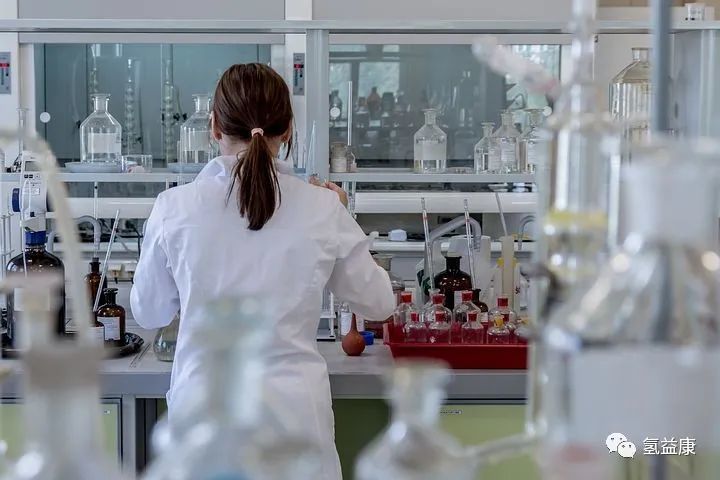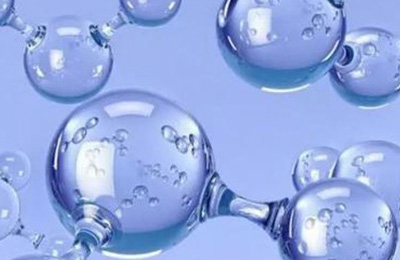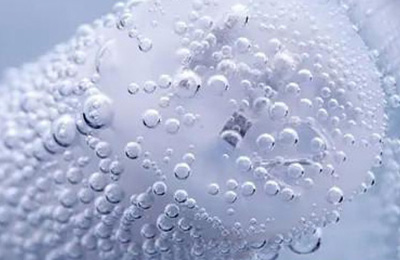氢水对肝硬化的治疗作用
东方肝胆外科医院王红阳院士课题组关于《氢气治疗肝脏损伤研究》,在国际著名杂志Journal of Hepatology发表。这是中国学者在氢气生物学研究方面首次在10分以上杂志上发表论文。这说明我们在氢分子医学研究领域的发展势头比较好,但是国际上发表相对好的论文数量超过中国学者,说明我们与国际同行仍存在明显差距。
活性氧引起的氧化损伤是许多肝脏损伤的共同病理生理学过程,抗氧化能减少肝脏损伤,氢气的选择性抗氧化是最近的研究热点,但在肝脏损伤方面的研究仍不够系统全面。本研究采用GalN/LPS, CCl4 和DEN等三种肝损伤动物模型,通过检测氢气、活性氧水平,评价氧化损伤、细胞碉亡和炎症反应程度,观察氢气生理盐水在各类肝脏损伤的治疗作用并探讨其机制。研究结果发现,氢气生理盐水对急性肝脏损伤、肝纤维化和肝脏细胞增生均具有显著的抑制作用,同时细胞碉亡相关分子如JNK 和 caspase-3活性下降。研究结果证明氢气不仅能治疗急性肝脏损伤,而且能治疗肝硬化。
07年日本学者证明动物呼吸氢气可治疗肝脏缺血再灌注损伤,此后尽管在一些会议上日本曾报道过氢气对脂肪肝治疗方面的研究,但三年内没有任何其他关于氢气与肝脏疾病方面的研究论文。这一研究说明中国学者在氢气与肝脏疾病研究上领先于国际水平。该研究在氢气生物学研究领域将具有一定的地位,客观地讲应是中国学者唯一进入第一梯队研究。
不过,本研究更多是以依靠工作量取胜,最典型的是采用了三种类动物模型,当然对说明问题有帮助,但把这个研究放在国际氢气治疗疾病研究领域看,并没有真正意义上突破目前国际上的研究水平,仍是从氧化损伤、炎症和细胞碉亡这三个角度开展的研究。
论文全文 pdf pdf
The Protective Role of Hydrogen -Rich Saline in Experimental Liver Injury in Mice
HanYong Suna, b, Lei Chena, Weiping Zhoub, Liang Hua, Liang Lia, QianQian Tua, b, YanXin Changa, b, Qu Liub, XueJun Sund, MengChao Wub and HongYang Wanga, b, c, ,
a International Co-operation Laboratory on Signal Transduction, Eastern Hepatobiliary Surgery Institute, Second Military Medical University, Shanghai 200438, PR China
b Department of Surgery, Eastern Hepatobiliary Surgery Hospital, Second Military Medical University, Shanghai 200438, PR China
c National Laboratory for Oncogenes and Related Genes, Cancer Institute of Shanghai Jiao Tong University, Shanghai 200441, PR China
d Department of Diving Medicine, Second Military Medical University, Shanghai 200433, PR China
Received 8 January 2010;
revised 18 August 2010;
accepted 31 August 2010.
Available online 25 September 2010.
Abstract
Background/Aims
Reactive oxygen species (ROS) are considered to play a prominent causative role in the development of various hepatic disorders. Antioxidants have been demonstrated effectively to protect against hepatic damage. Hydrogen (H2), a new antioxidant, was reported to selectively reduce the strongest oxidants, such as hydroxyl radicals (·OH) and peroxynitrite (ONOO-), and did not disturb metabolic oxidation-reduction reactions or disrupt ROS involved in cell signaling. In contrast to H2 gas,hydrogen-rich saline (HS) may be more suitable for clinical application. We here aim to verify its protective effects in experimental models of liver injury.
Methods
H2 concentration in vivo was detected by hydrogen microelectrode for the first time. Liver damage, ROS accumulation, cytokine levels and apoptotic protein expression were respectively evaluated after GalN/LPS, CCl4 and DEN challenge. Simultaneously, CCl4-induced hepatic cirrhosis and DEN-induced hepatocyte proliferation were measured.
Results
HS predominantly increased hydrogen concentration in liver and kidney tissues. Acute liver injury, hepatic cirrhosis and hepatocyte proliferation were reduced by quenching the detrimental ROS. Pro-apoptotic players such as JNK and caspase-3 activity were also inhibited.
Conclusions
HS could not only apparently protect against the liver injury but also inhibit the process of liver cirrhosis and hepatocyte compensatory proliferation.
Keywords: hydrogen-rich saline; acute hepatic failure; hepatic cirrhosis; hepatocyte proliferation; reactive oxygen species; inflammation; apoptosis; JNK




